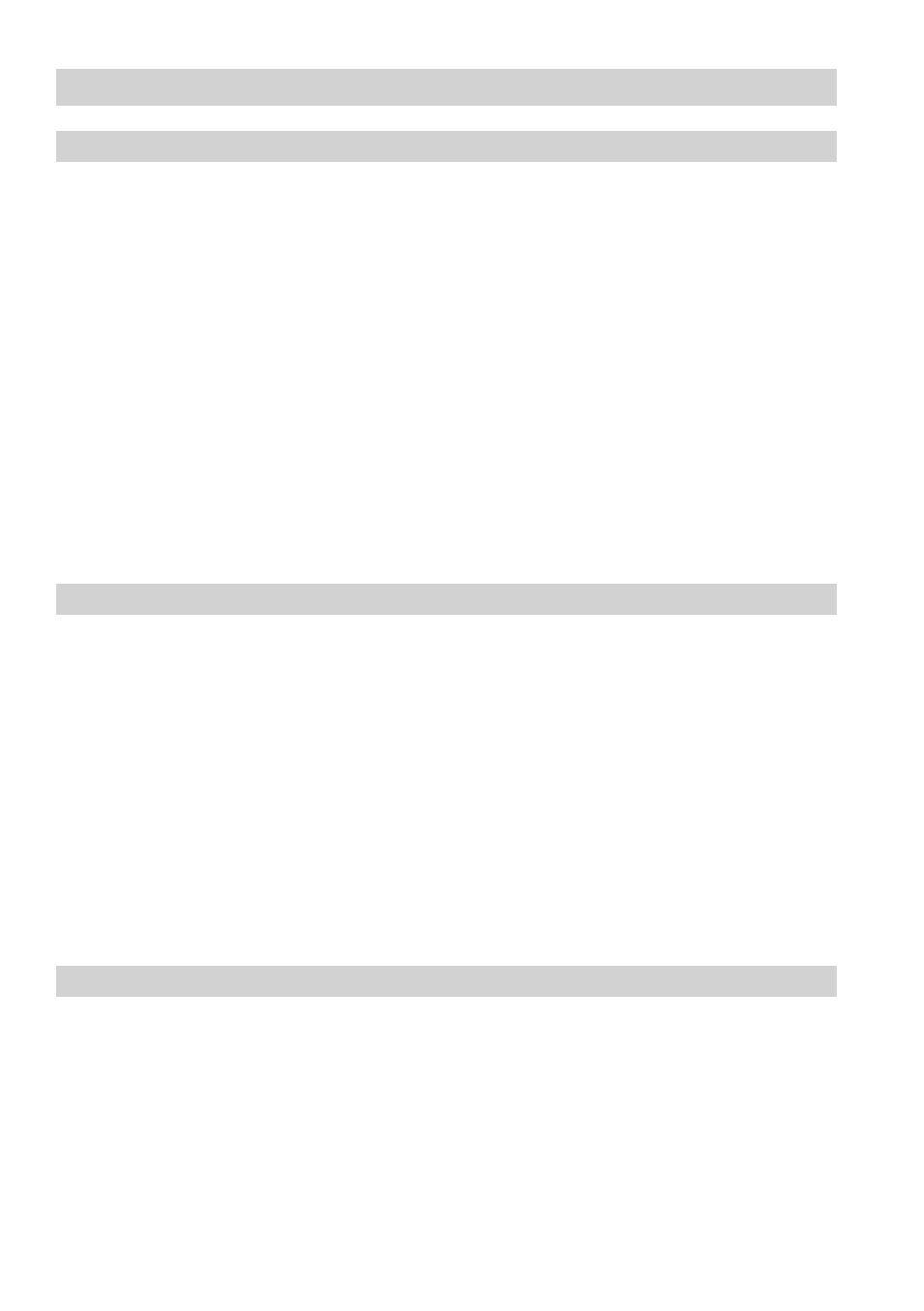Explanatory – Flowserve NRG 16-40 User Manual
Page 6

6
Explanatory
continued
Function
The conductivity of the liquid is used to signal the liquid level. Some liquids are conductive, which
means that they allow an electric current to flow through them. For the safe functioning of this device
a minimum conductivity of the liquid to the monitored is required.
The conductivity measurement method can detect two conditions: electrode rod submerged or
exposed, meaning switchpoint reached (or exceeded) or not yet reached. Before installation, the length
of the electrode rod must be cut to the required switching levels, e. g. cut-out of the burner circuit or
interruption of the burner-protection circuit.
The system incorporates an additional electrode that provides automatic monitoring of the electrical
resistance path between the measuring electrode and the earth. When the measured value falls below
the admissible resistance value the burner shutdown is endorsed by interruption of the burner
protection circuit.
At regular intervals, the level electrode NRG ...-40 sends a data telegram to the switching controller
NRS -40. The data transfer is effected by means of a CAN bus according to DIN ISO 898 using the
CANopen protocol.
One switching controller type NRS -40 or NRS -40. can be used for two level electrodes
NRG ...-40 (
low-level limiting system).
System components
NRS 1-40
Digital switching controller for low-level limiter NRG ...-40
Functions: Low-level alarm (
min
)
Data exchange: CAN bus to DIN ISO 898 using CANopen protocol.
NRS 1-40.1
Digital control equipment for level electrodes NRG ...-40 (low water), one level electrode
NRG ...-4 (high level) and a safety temperature limiter TRG 5-6... / TRV 5-40.
Functions:
min
alarm,
max
alarm,
max
temperature (freely configurable combinatons)
Data exchange: CAN bus to DIN ISO 898 using CANopen protocol.
URB 1, URB 2
Control terminal and display unit
Functions: Parameterization and visual display (LCD)
Data exchange: CAN bus to DIN ISO 898 using CANopen protocol
Design
NRG 16-40, NRG 17-40, NRG 19-40:
Screwed ¾", EN ISO 8-.
Fig. 2
NRG 111-40:
Screwed ", EN ISO 8-.
Fig. 3
